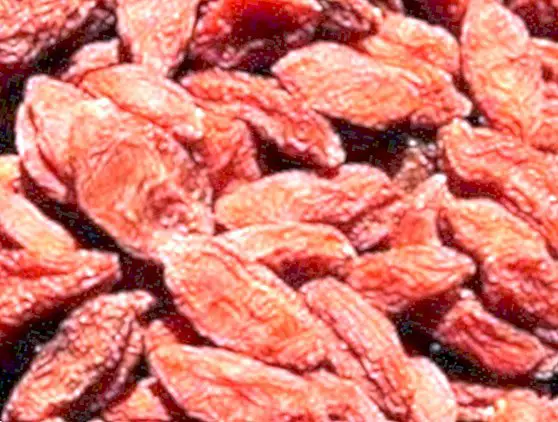Allergy and food intolerance: differences
Today allergies and food intolerances are well known. Today there is a lot of talk about lactose intolerance, or gluten allergy, but until years ago this was not quite so. It may be due, probably, to the fact that nowadays many specialized publications publish articles related to them, and also the arrival to the market of some specific products, as for example is the case of milk without lactose and gluten-free foods.
But the truth is that even today it is very common confuse food allergy and food intolerance, so it is usual to use both terms -or problems- as synonyms, when in reality they are very different.

Why is it usually normal to confuse them? Probably because both of them have similar symptoms, but in most cases it is due to ignorance of the person.
Food allergy
It is called Food Allergy to the adverse reactions that appear after eating a food, or an additive contained in it, despite not knowing what was the mechanism that triggered the reaction. From a medical point of view, this term it is used only in the immunological forms. Unlike food intolerance, while an intolerance can cause the person to be ill, food allergy not only causes the person to feel bad, but can also cause fatal risk reactions.
Food allergy appears when the person's immune system interprets that a particular food, or additive contained in it, is an invader. This causes a disproportionate immune response, causing the allergic reaction. In it, the body releases a series of chemical substances, among which we can find histamine. This reaction can cause symptoms such as:
- Trouble breathing.
- Oppression in the throat.
- Hoarseness.
- Cough.
- Stomach ache.
- Vomiting
- Urticaria.
- Inflammation.
- Decrease in blood pressure.

In many cases, the allergic reaction appears even when the person has ingested a very small amount of the food, or sometimes even just by touching it or inhaling it.
Food intolerance
Unlike food allergies, there is a food intolerance when there is an adverse reaction to the intake of a food or a certain additive contained in it, but it is a non-immune reaction.
This intolerance is due to the action of foods that contain certain substances that will cause an alteration of the digestive mucosa, or symptoms due to excessive consumption.

Its symptoms are similar to those that occur when a food allergy occurs, but unlike allergy, these are not serious:
- Nausea and gas
- Abdominal retreats
- Diarrhea.
- Headache.
- Sensation of nervousness and irritability.
As we see, differentiating between a food allergy and an intolerance is important, because although they tend to have similar symptoms, food allergy itself can trigger very serious adverse reactions to the health and life of the person who presents it.
Images | Steven Wilke / Kyle Van Horn / Rebecca Siegel This article is published for informational purposes only. You can not and should not replace the consultation with a Nutritionist. We advise you to consult your trusted Nutritionist. ThemesFood intolerances


